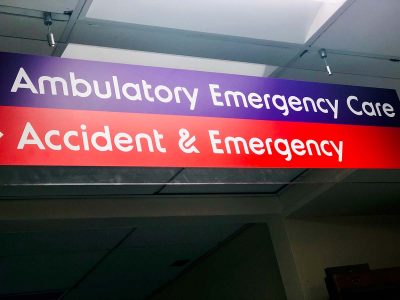The means of egress in ambulatory healthcare occupancies is an important topic. In fact, it’s the lead article in the July EC News.
Means Of Egress
At first glance the beginning of the article looks like a republication of standard LS.03.01.20. Near the end of the article there is a very useful chart defining terms that seem somewhat synonymous. But, each one has a unique definition and meaning. The terms explained include means of egress, exit access, exit discharge, and exit.
The discussion after the diagram describes the challenges of maintaining the means of egress in ambulatory healthcare occupancies. But, even more important, is the section of the article entitled “Defining the problem – ambulatory healthcare occupancies.”
This topic is confusing. The CMS and TJC each have unique interpretations. The CMS takes a very rigid definition and now TJC is somewhat on the same page. Here is the basis for confusion. Here is the long-standing concept. The key criterion separating ambulatory healthcare occupancy from business occupancy is four or more patients rendered incapable of self-preservation.
The Life Safety Code and CMS use the four or more language. But, CMS also states that the number of patients rendered incapable of self preservation doesn’t matter. it doesn’t matter how many patients rendered incapable of self-preservation. Any ambulatory surgery center must be an ambulatory healthcare occupancy as well as any hospital-based outpatient surgical department.
The graphic labeled as Sidebar 1 in this article also identifies any emergency department. It shows even free standing, must be an ambulatory occupancy. So, defining what is and what must be an ambulatory healthcare occupancy instead of a business occupancy is likely the more critical content to focus on in this article.
Patton Healthcare Consulting
Patton Healthcare Consulting provides Joint Commission Compliance Assistance. In addition, we offer a full range of pre-survey and post survey services to healthcare organizations.


 New Fluoroscopy Requirements
New Fluoroscopy Requirements
Leave a Reply